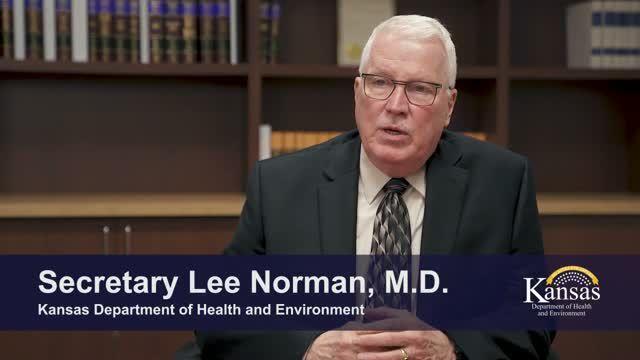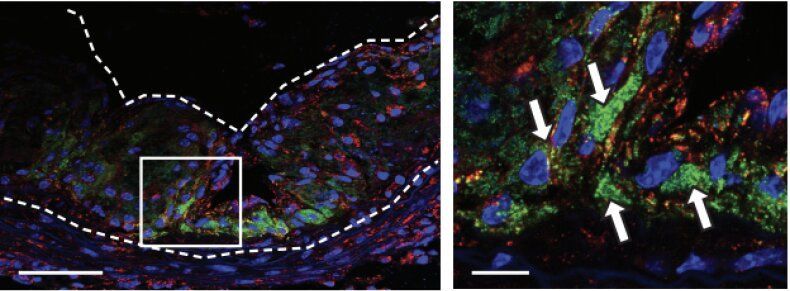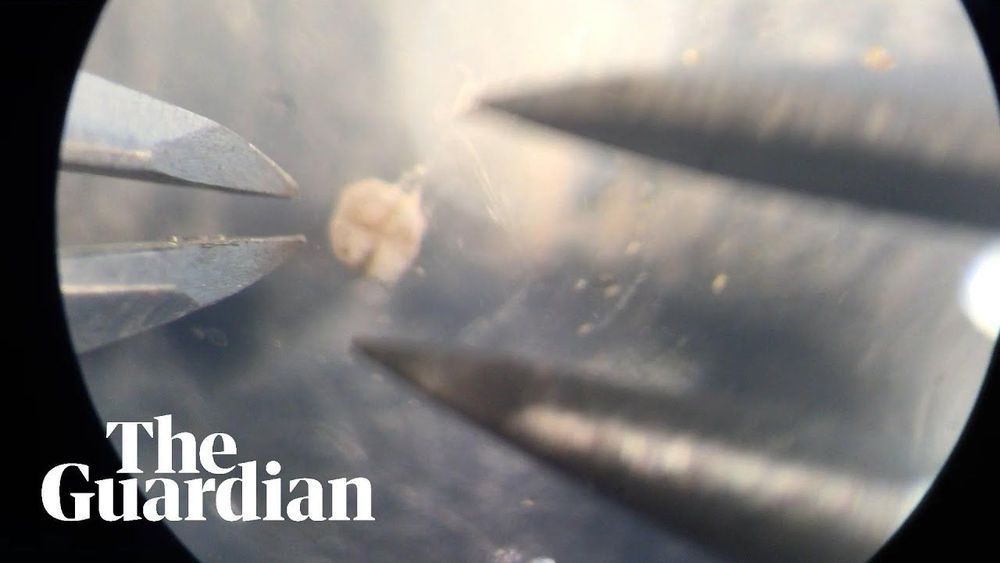Jan 28, 2020
Lawrence patient held in isolation for possible coronavirus
Posted by Brent Ellman in category: biotech/medical
LAWRENCE, KS (KCTV) — Lawrence Memorial Hospital has a patient currently being held in isolation who may have coronavirus.
The hospital says the patient recently entered the United States from Wuhan, China, and showed symptoms of a respiratory illness.
Procedures are underway to treat the patient while minimizing exposure. These procedures, the hospital says, include placing the patient in isolation in a room specially designed for infection prevention.








 We are delighted to announce that
We are delighted to announce that 










